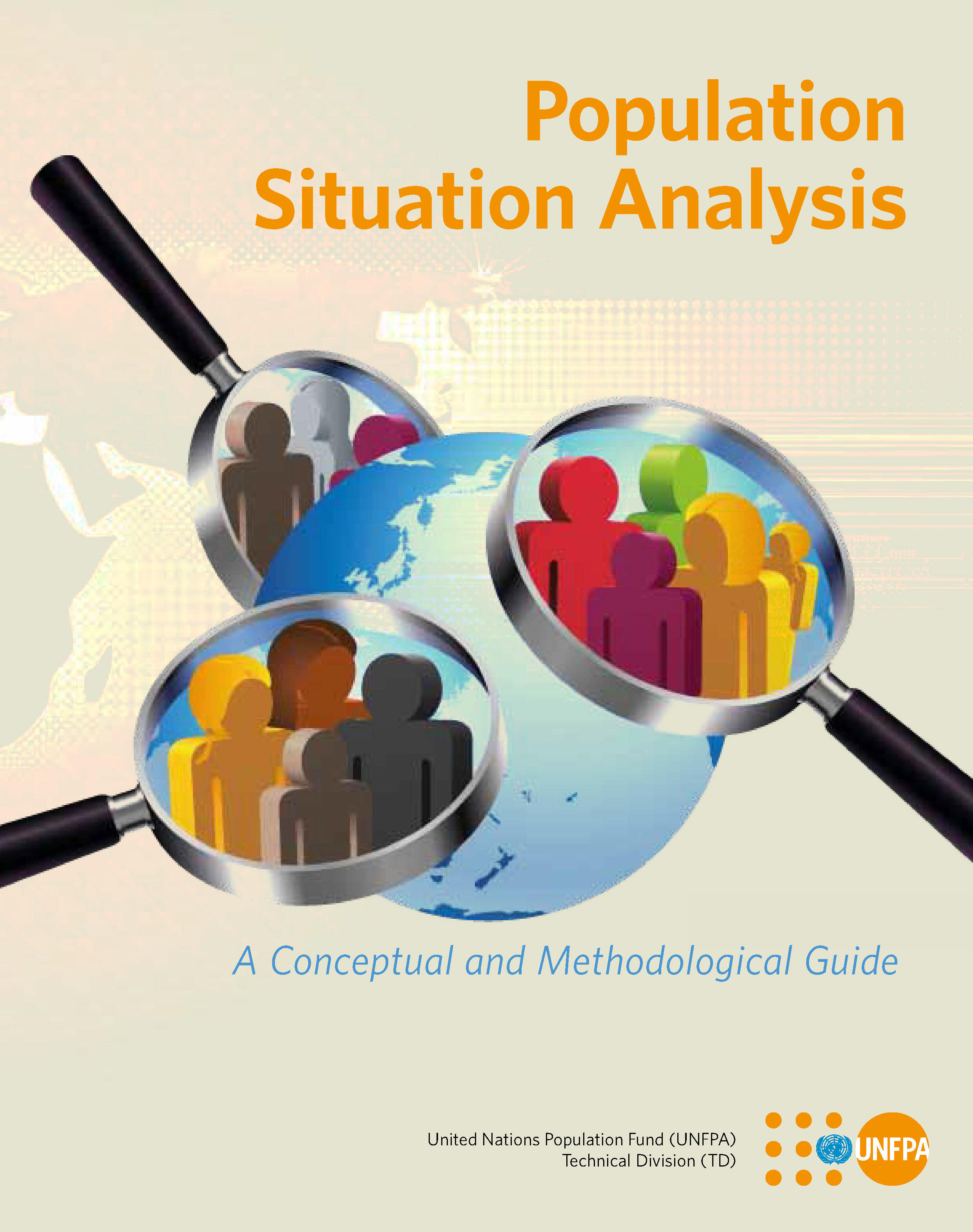The objective of national ownership of the PSA entails extensive dialogue, interaction and search for consensus with and between key national actors. To the extent feasible, the PSA should be developed by, or at least with, these various actors. This is where the mapping exercise of the key actors proves its usefulness. The results of this mapping exercise guides the selection and respective roles of the key actors in the PSA development process. These key actors should include, but are not limited to, the following:
• Government decision makers – typically at Ministries of Planning, Health, Social Affairs, and Finance;
• National Statistical Offices (NSOs);
• Academia and other research institutions;
• Civil society organizations;
• Community of donors and I/NGOs.




